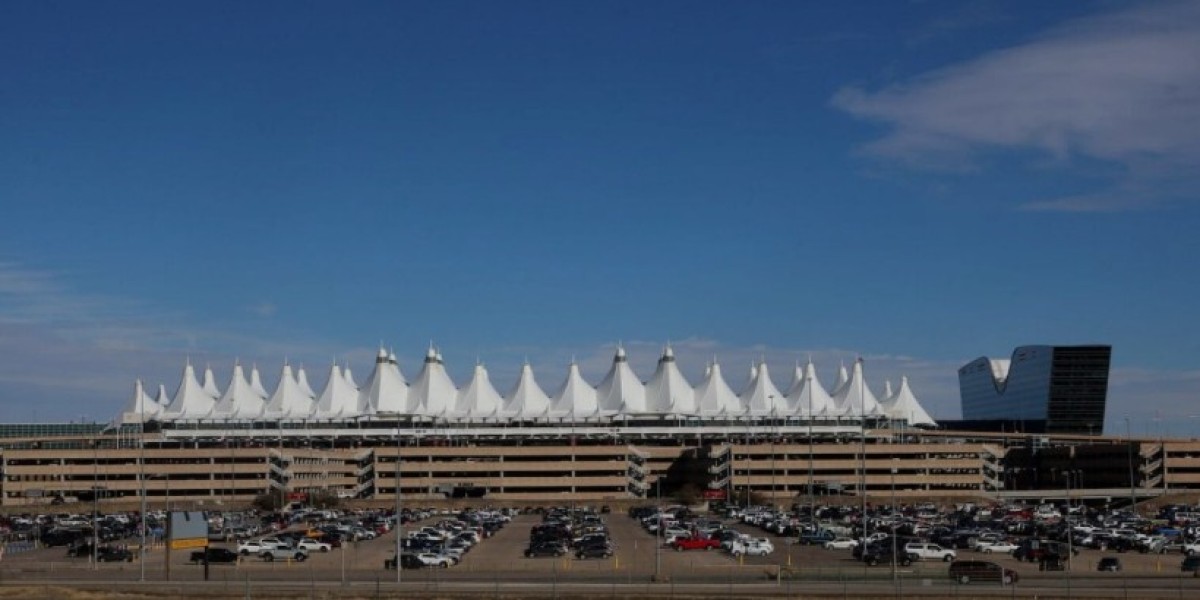Before we hop on, let’s think for a moment about what a train station means. Unlike airports or bus depots, many Amtrak stops feel embedded in neighborhoods, close to rivers or downtowns. They aren’t always grand — sometimes modest platforms or renovated depots — but they carry stories: of how each town sees itself, of the insistence on connection in places that might otherwise feel remote.
In Oregon’s case, the train line threads through landscapes in flux: from deep woods to rim country, from valleys to desert edges. The stations become anchor points — places where time slows, where you step out and sense how Oregon folds itself into everyday life.
2. Portland Union Station — The Civic Heartbeat
Start in Portland. The city’s Union Station is more than a train stop. With its red-brick façade and classic clock tower, it’s a piece of the city’s identity. Arriving here is to step into Oregon’s most urban frame: museums, bridges, riverfronts, boutiques, nightlife. For many travelers, this is their first or final impression of Oregon’s spirit of innovation, art, and riverine landscapes.
From here, travelers catch the Cascades and Coast Starlight lines — so Portland is both beginning and corridor, both destination and conduit.
3. Eugene — University Vibes and Valley Passage
Heading south from Portland, Eugene is a station where youthful energy meets natural corridors. The line passes through river valleys and low hills to reach this city that drums with music, ideas, outdoor life, and college-town warmth. The station is modest, functional, and well suited to Eugene’s ethos — a place where locals and visitors slip in and out easily.
Disembark here and you’re close to bike paths, coffee shops, galleries, campus life, and trails — all part of Eugene’s layered character.
4. Salem — Civic Pulse on the River
At Oregon’s capital, the Amtrak station sits near the Willamette River and the workings of state government. It’s not a grand terminal, but a dignified station that speaks to Salem’s role: small enough to be human, yet politically central. From here you can walk or ride into civic buildings, parks, and the heart of a mid-sized city balancing heritage and growth.
5. Albany — Quiet, Historic, Human
If Eugene and Salem feel like transition, Albany feels like respite. The station here is an invitation to slow down. Restored to reflect its past, it anchors a downtown of antique shops, local cafés, riverside walks, and history woven into architecture. It’s not a flashy stop, but one that feels gracious, grounded, and real.
For many travelers, Albany is where Oregon whispers its everyday stories — mid-towns, local characters, rivers, and slow rhythms.
6. Klamath Falls — Threshold to the Wild
Crossing toward southern Oregon, we reach Klamath Falls on the Coast Starlight route. Here the landscape becomes wilder, air thinner, skies more dramatic. The station itself is quieter, more remote, but its role is heavier: it’s a gateway for travelers heading into high desert basins, forests, and to natural icons like Crater Lake.
Stopping here means stepping off the line of cities and entering Oregon’s more untamed edges. The station feels like a hinge between environment and human settlement.
7. Smaller Stops & Unheralded Platforms
In addition to these principal stations, there are smaller stops and flag stations scattered along the route. Some may be simple platforms, shelters, or minimal structures — but each gives access, often crucially, to small communities. In rural Oregon, those quiet platforms may serve residents commuting to larger cities, travelers seeking solitude, or locals connecting with the rail line’s broader promise.
These smaller stops remind us that rail is not just about big nodes, but lifelines to places that would otherwise drift further apart.
8. What to Expect When Traveling Oregon by Rail
Here are some suggestions and cautions to make your journey smoother and richer:
Study the schedule carefully — many routes run only once daily, and times can shift by season.
Reserve early for premium seats or sleepers — scenic routes are magnets for travelers.
Arrive with margin — stations like Portland get busy; even smaller ones may have limited staff.
Travel light — smaller stations may lack baggage handling or staff.
Flag stops and request stops — in remote areas, a train might stop only if requested; be sure you know how that works.
Allow time for side explorations — towns around stations often hide interesting walks, local eateries, river vistas, or trails.
Watch weather and seasonal changes — snow, flooding, or track work can delay or reroute service in mountain or forest regions.
9. How Stations Shape the Oregon Journey
When you travel through Oregon by train, you don’t just pass through stations — you pass through transitions: from city to valley, valley to forest, forest to desert. Stations serve as rhythm points. You begin to notice the gradient of change in vegetation, sky color, human settlement, distance between towns.
Each arriving or departing train gives you a moment: a chance to step into the town, see how it breathes, even just for an hour. Maybe you’ll walk to a riverbank, peek into a café, catch sight of local architecture, feel the local pace. Then you reboard and the train carries you to the next threshold.
Thus the journey isn’t defined only by endpoints, but by these pauses — these embedded checkpoints in Oregon’s landscape.
10. Closing Thoughts: The Train as a Storyteller
Rail travel in Oregon is poetic. The amtrak stations in oregon are stamps in that poem — lines where you pause to breathe the air, touch the ground, see what the place feels like. They are more than stops. They are opportunities.
If you ever plan a route — north to south, or weaving eastward off the main corridor — I’d be happy to help you map which stations to linger at, which detours to take, and how to time your journey for maximum resonance. Just say the word — the rails are waiting.






